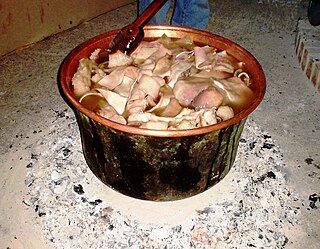See also
Topics referred to by the same term
This disambiguation page lists articles associated with the title Frittola.
If an internal link led you here, you may wish to change the link to point directly to the intended article.
If an internal link led you here, you may wish to change the link to point directly to the intended article.

